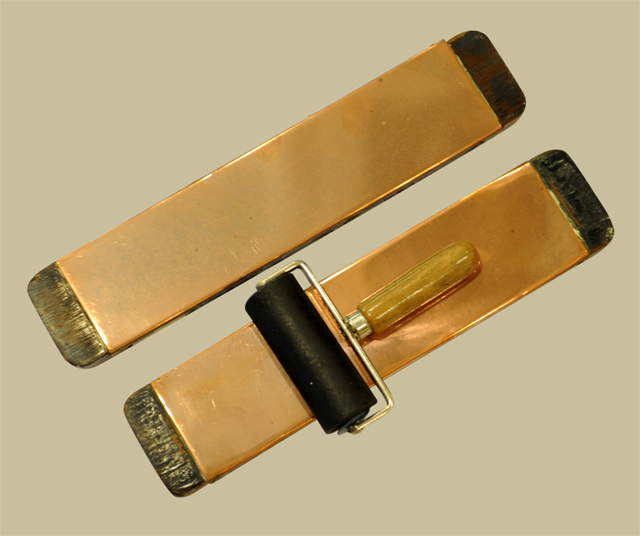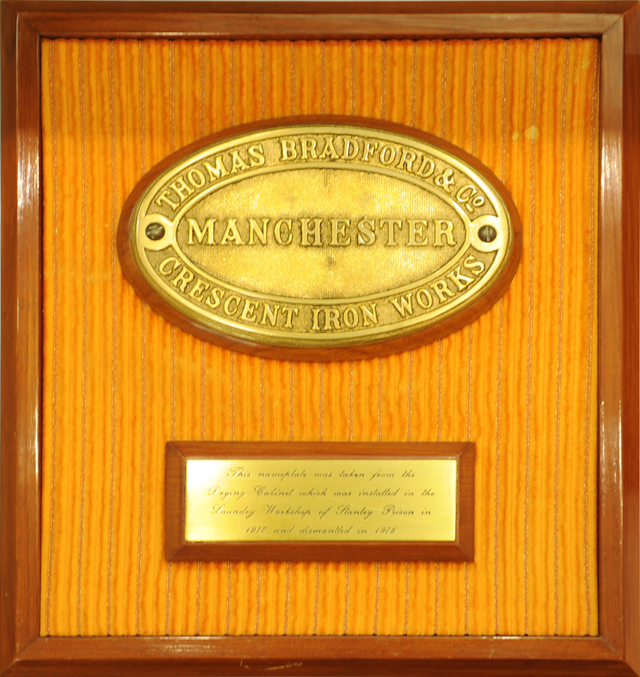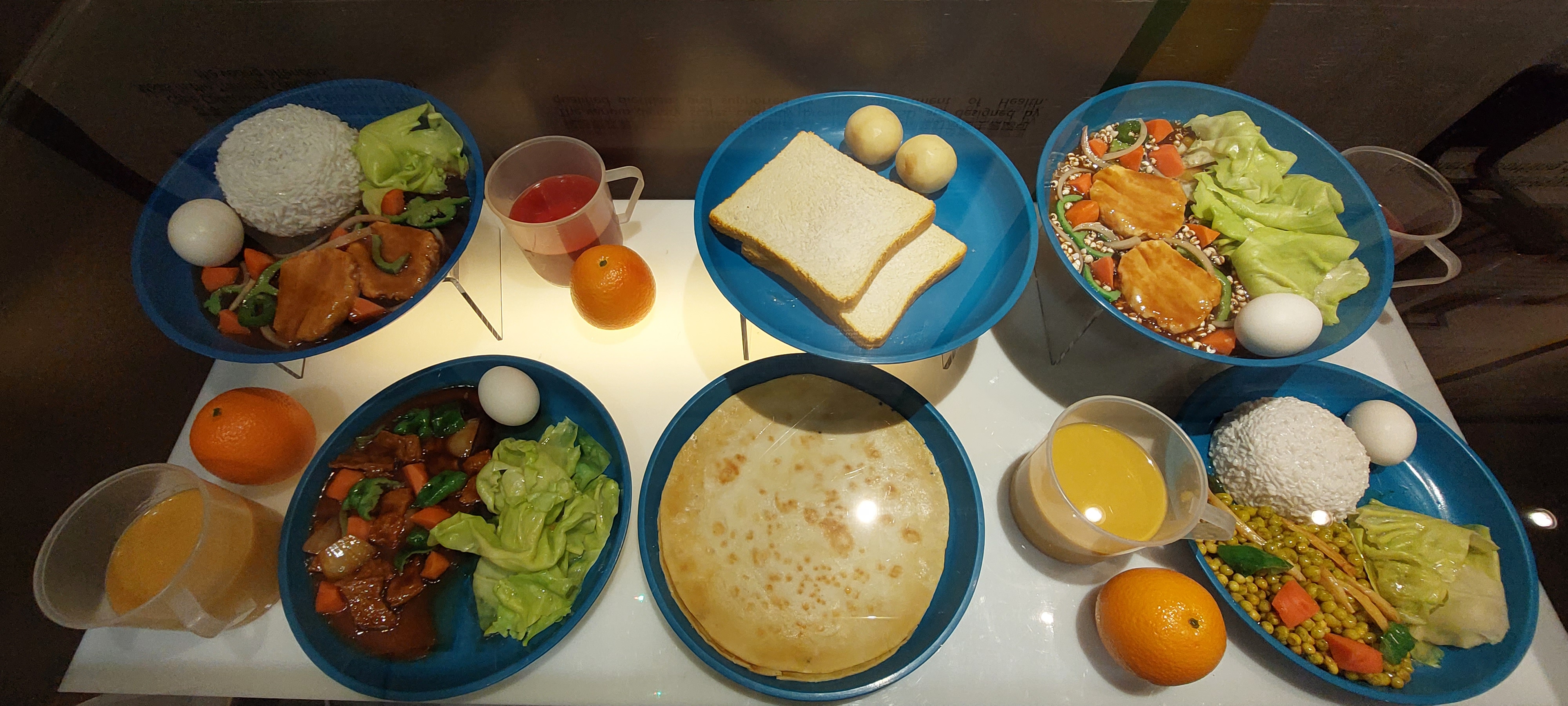


To stipulate the procedures for the admission of offenders to prisons, the Ordinance for the Regulation of the Gaol of Hong Kong, the first piece of legislation concerning the Hong Kong prison was enacted in 1853. Later in 1899, the Prisons Ordinance was enacted. The Prison Regulations made under the Prisons Ordinance became operational in 1900.
A remand or convict, after being sent to a penal institution, will be brought to the reception office to confirm his/her identity and verify the court papers. At present, a mug shot will be taken by correctional officers for prisoners on admission.
In the past, life in prison was hard. The work assigned to prisoners was mostly pointless and unconstructive. It was aimed at instilling discipline, working habits and obedience, as outlined by the 1865 Prison Act in England. The only meaningful types of work were laundry, cooking, cleaning and maintenance of the jail.
Nowadays, persons in custody (PICs) in most of correctional institutions work six days a week. Adult PICs usually work eight hours a day. For young PICs, work hours are matched by an equal period of study. Many PICs do not have work habits before imprisonment. Therefore, work discipline itself can be a kind of learning. During their period of confinement, PICs can acquire good work habits and practical skills such as carpentry, printing, cooking and repairing TV sets, etc. These skills may enable them to secure a useful and constructive job after release. All in all, PICs are engaged in work not merely to kill time.
Currently, the Correctional Services Department (CSD) provides PICs with plain and wholesome food. The four dietary scales provided by the Department are designed by qualified dietitians and supported by the Department of Health to meet the health, dietary and religious needs of PICs. The four dietary scales are dietary scale 1 with rice as staple food; dietary scale 2 with curry and chapatti as staple food; dietary scale 3 with potatoes and bread as staple food; and dietary scale 4 comprising a vegan meal. Moreover, individual PICs may be provided with other supplementary diets to meet their specific needs on medical grounds upon the advice of medical officers.
The CSD provides every PIC with a complete outfit of clothing adequate for warmth in accordance with the law to meet any weather changes. Besides, the CSD reviews from time to time the materials used for PICs’ clothing. For example, in 2016, the Department replaced the crewneck long-sleeved wool pullovers and nylon padded jackets with double-sided fleece pullovers and three-layer laminated fleece jackets, as part of the winter clothing for PICs.




